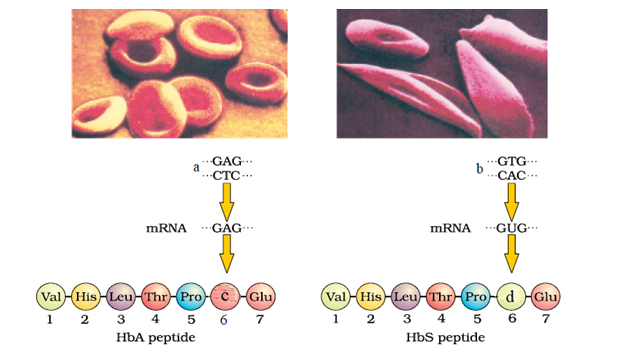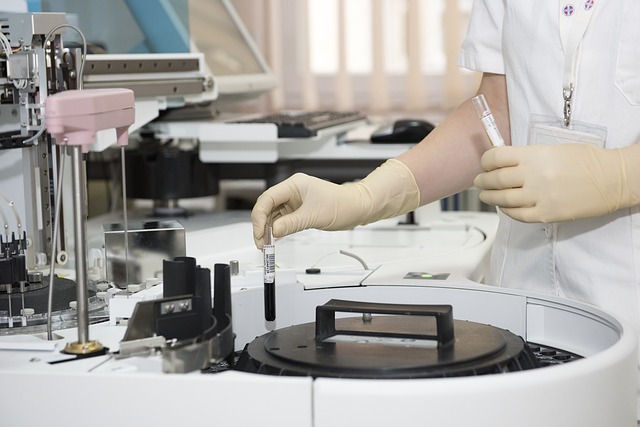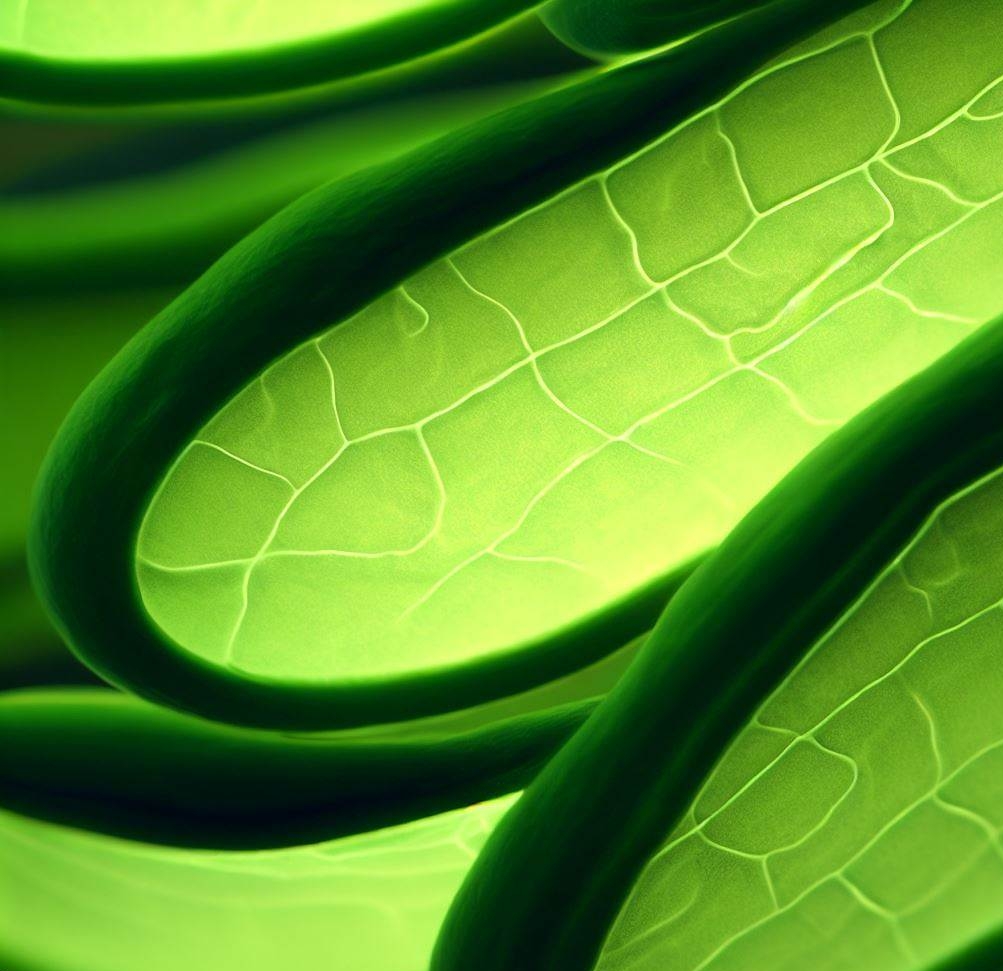Plastids
Plastids: Multifaceted Organelles in Plant Cells
Plastids are intriguing, membrane-bound organelles present in the cells of plants, algae, and certain other eukaryotic organisms.
These unique structures are considered to be intracellular endosymbiotic cyanobacteria.
The term “plastid” originates from the Greek word “plastós,” denoting “formed” or “molded,” highlighting their remarkable ability to adapt their shape and function to suit the cell’s requirements.
Types of Plastids
Within the realm of plastids, three primary types stand out:
1. Chloroplasts:
Among the most prevalent plastids, chloroplasts harbor chlorophyll—a green pigment enabling them to harness sunlight and convert it into vital plant sustenance through photosynthesis.
2.Chromoplasts:
Distinguished by pigments other than chlorophyll, chromoplasts bestow vibrant colors upon fruits, flowers, and various plant components, adding to the allure of nature’s palette.
3.Leucoplasts:
These colorless plastids function as storage centers for essential nutrients, such as starch, proteins, and lipids. They abound in roots, tubers, and other storage-rich plant parts.
Main functions of Plastids
Crucial to the survival of plants, plastids play an array of vital roles:
1.Photosynthesis:
Chloroplasts harness sunlight to convert carbon dioxide and water into glucose (sugar)—a fundamental process for the existence of plants and other photosynthetic organisms.
2.Storage:
Plastids efficiently stockpile compounds crucial for plant energy, growth, and reproductive processes.
3.Coloration:
By hosting diverse pigments, plastids grant plants their distinctive colors, influencing not only aesthetics but also participating in photosynthesis and other metabolic functions.
4.Development:
Plastids actively contribute to the development of plant cells and tissues, shaping their structure and functionality.
Embodying a pivotal aspect of cell biology in plants and algae, plastids serve as essential components ensuring the survival, growth, and propagation of these organisms. Their versatility and significance make them a fascinating subject of scientific study and admiration in the natural world.
The Pioneers of Plastids: Schimper and Haeckel
The credit for discovering plastids goes to two distinguished scientists, Andreas Franz Wilhelm Schimper and Ernst Haeckel.
Andreas Franz Wilhelm Schimper was a prominent German botanist who lived from 1856 to 1901.
Revered for his extensive investigations into plant anatomy and morphology, Schimper stands as the first person to unveil the structure and function of plastids within plant cells.
In 1883, he authored a seminal work titled “Plant Geography upon a Physiological Basis,” wherein he described plastids as “small, colorless bodies” residing in the cytoplasm of plant cells.
Furthermore, Schimper astutely observed the diverse roles of plastids, encompassing photosynthesis, starch storage, and pigment synthesis.
Ernst Haeckel, another eminent German biologist (1834-1919), gained renown for his contributions to evolutionary theory and his coinage of the term “phylum.”
In 1866, he published the seminal work “General Morphology of Organisms,” in which he introduced the term “plastid” to designate the group of organelles found in plant cells.
Haeckel also proposed the fascinating hypothesis that plastids originated from cyanobacteria—photosynthetic bacteria—through an endosymbiotic process.
Thus, Schimper deserves recognition for the initial description of plastids’ structure and function.
it was Haeckel who bestowed upon these enigmatic organelles the name “plastid” and presented their intriguing endosymbiotic origin, etching both scientists’ names into the history of scientific discovery.
Functions of Chromoplast:
Chromoplasts, a type of plastid, stand out for their unique role in lending fruits, flowers, and various plant parts their characteristic colors, distinct from the familiar green of chlorophyll.
Found in the petals of flowers, the skin of fruits, and select plant leaves, these remarkable organelles boast an array of functions beyond their vivid pigmentation.
Foremost, the primary function of chromoplasts revolves around the production of pigments responsible for the captivating hues of plants.
These pigments not only serve aesthetic purposes but also play integral roles in photosynthesis and other metabolic processes, contributing to the plant’s overall health and vitality.
Additionally, chromoplasts assume essential roles in various plant processes:
1.Attracting Pollinators:
The bright and alluring colors emanating from chromoplasts serve as a beacon to attract pollinators, including bees and butterflies.
This symbiotic relationship ensures the transfer of pollen from one flower to another, a critical aspect of plant reproduction.
2.UV Radiation Protection:
The pigments residing within chromoplasts act as a natural shield against harmful ultraviolet (UV) radiation, safeguarding plant cells from potential damage caused by excessive exposure.
3.Food Storage:
Chromoplasts are proficient in storing food in the form of starch, a vital carbohydrate utilized by the plant for energy, growth, and sustenance.
Given their multifaceted roles, chromoplasts are indispensable for the survival and flourishing of plants.
They enable the captivating allure of petals, the enticing colors of fruits, and the striking transformations seen in leaves, such as the vibrant hues of autumn maple trees.
Through the harmonious interplay of pigments, pollinators, UV protection, and food storage, chromoplasts exemplify nature’s exquisite complexity and beauty, enriching the intricate tapestry of the plant kingdom.
Types of Leucoplasts
The Colorless Guardians of Plant Nutrition
Within the realm of colorless plastids, known as leucoplasts, three distinct types serve as vital storehouses for essential plant nutrients.
Amyloplasts, aleuroplasts, and elaioplasts each contribute unique functions, strategically located within different parts of plant cells.
Amyloplasts
reign as the most prevalent leucoplast variety, specializing in the storage of starch—a crucial carbohydrate utilized by the plant to fuel its energy demands.
Found predominantly in roots, tubers, and other starch-storing plant components, these amyloplasts play an instrumental role in sustaining the plant’s metabolic needs.
Aleuroplasts
on the other hand, assume the responsibility of storing proteins. Nestled within the endosperm of seeds—a nutrient-rich tissue supporting embryonic development—aleuroplasts secure the protein reserves necessary for the young plant’s growth and establishment.
Elaioplasts
excel at storing lipids, a fundamental type of fat crucial for energy reserves. Thriving within seeds and fruits, elaioplasts generously provide the plant with the energy reserves required during germination and subsequent growth stages.
Together, these leucoplasts orchestrate an intricate symphony of nutrient storage and distribution, safeguarding the plant’s sustenance and ensuring its resilience.
Their indispensable roles within plant cells exemplify the marvels of nature’s efficient resource management, granting life and vitality to the vast array of plant species that adorn our planet.
Most Abundant Plastid in Plant
Among the diverse plastids in plants, chloroplasts stand as the most abundant and pivotal to a plant’s survival.
They are a hallmark of all green plant cells and are responsible for the wondrous process of photosynthesis, converting sunlight into vital food for the plant.
Typically disc-shaped organelles, chloroplasts boast a distinctive structure surrounded by two membranes.
The inner membrane hosts thylakoids, which comprise stacks of flattened sacs containing chlorophyll and other pigments that deftly absorb sunlight.
In the stroma, the fluid-filled space between the inner and outer membranes, essential enzymes orchestrate the chemical reactions of photosynthesis.
An intriguing phenomenon known as plastid differentiation reveals the adaptability of these organelles.
A leucoplast, under specific conditions, can transform into a chloroplast if it begins to photosynthesize, showcasing nature’s innate flexibility.
Thanks for reading this post, any suggestions please mail us.









